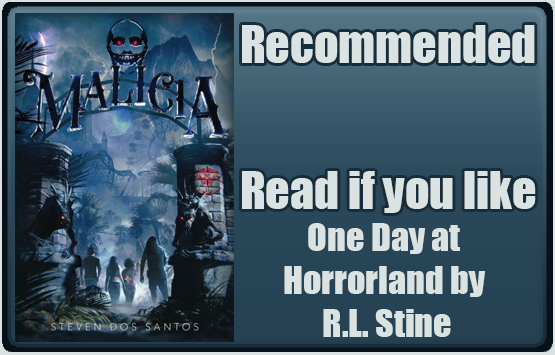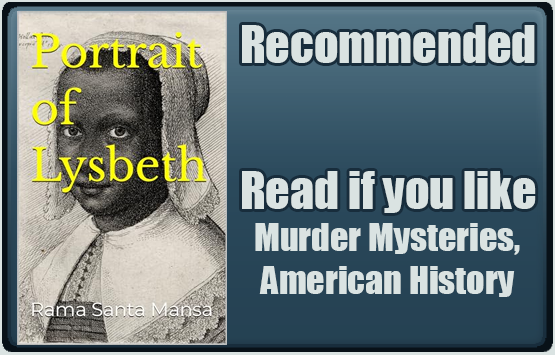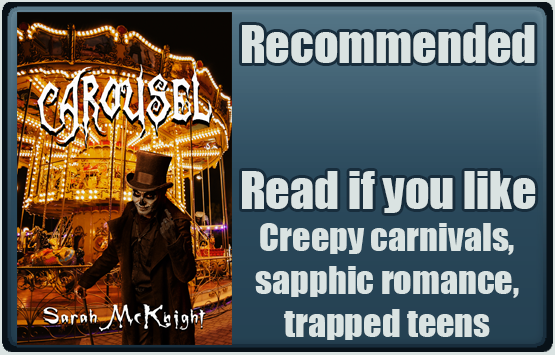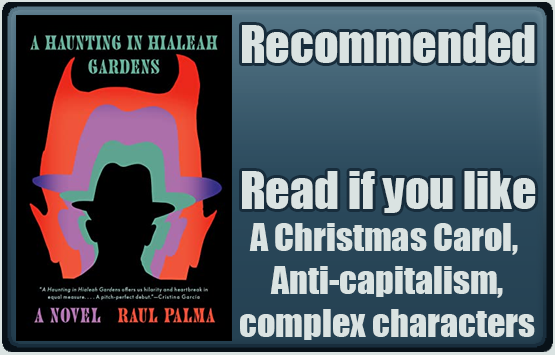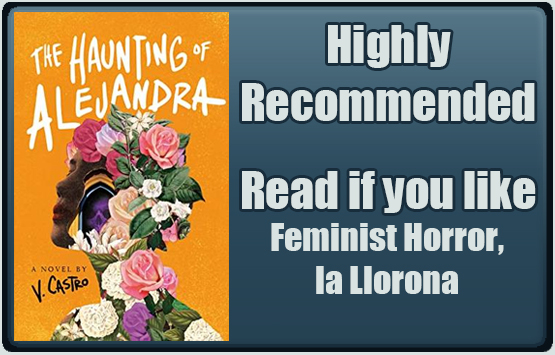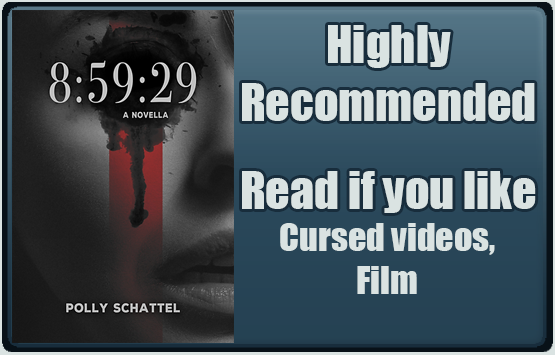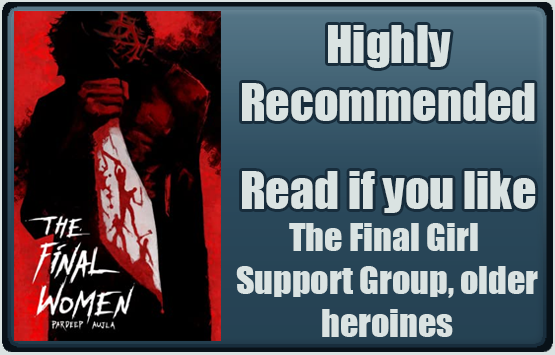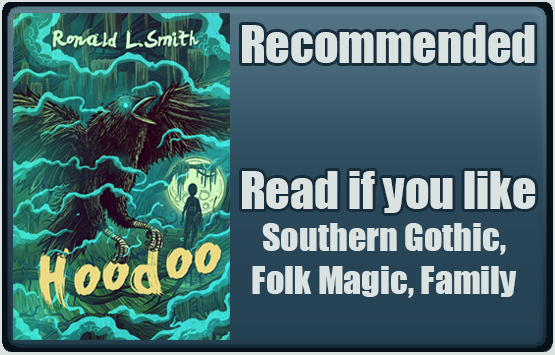
Formats: Print, audio, digital
Publisher: HarperCollins
Genre: Body Horror, Demon
Audience: Young Adult
Diversity: Queer main character, Major character with substance use disorder, Biracial Japanese side character, Black major character
Takes Place in: Oregon
Content Warnings (Highlight to view): Animal Death, Death, Drug Use/Abuse, Forced Captivity, Gore, Illness, Medical Procedures, Sexism, Stalking, Verbal/Emotional Abuse, Vomit
Blurb
She’s wrong.
Marooned in treacherous swamplands with no way out, the group stumbles upon an eerie, decaying house. It seems like a safe haven, a place to wait out the storm.
The house, however, isn’t just abandoned—it’s been waiting for them.
Bodies begin to pile up. The walls start to close in. Twisted secrets come to light. And unless Haden and the others can survive long enough to escape, the house will claim them—forever.
I received this product for free in return for providing an honest and unbiased review. I received no other compensation. I am disclosing this in accordance with the Federal Trade Commission’s 16 CFR, Part 255: Guides Concerning the Use of Endorsements and Testimonials in Advertising.
When Haden Romero was 13 years old, she got kicked off the singing competition show Little Stars. As far as she’s concerned getting booted from the show is the reason she’s not famous, her parents are divorced, her dad wants nothing to do with her, and her life just generally sucks. And it’s entirely the fault of Deacon Rex, who went on become famous after winning the singing competition. As far as she’s concerned, he’s the entire reason she was kicked off Little Stars. Years later, Haden still can’t let go of what happened. Now she’s in a struggling band called Phantomic with her best friend Kizi, still hoping to catch her big break.
The two girls are headed to Rock-o’-Lantern when Haden’s ancient 1968 Lincoln Continental breaks down. And just because the universe likes to kick her when she’s already down, Haden discovers the tour bus for Deacon Rex’s band, Rex Mori, is stopped at the same gas station they’ve pulled into. Awesome. But as much as she hates Deacon, Haden still feels the need to warn him about a creepy guy she saw muttering about bringing Deacon “to the Light” in the gas station bathroom. She hopes that’s the end of it until Kizi, who loves Rex Mori, convinces Deacon to give them a ride to Rock-o’-Lantern because their car broke down. And that’s when Haden learns that her ex-girlfriend, Cairo, is Rex Mori’s new drummer. The awkward meter is officially off the charts.
But wait, there’s more! Haden’s already bad is about to get infinitely worse. The GPS takes the tour bus to a canyon in the middle of nowhere where they subsequently crash and fall into a creepy swamp. Haden wakes up alone on the crashed bus to find the driver dead, Rex alone in the swamp with an injured leg (which he won’t stop whining about), and Kizi, Cairo, and Deacon’s bandmate, Shane, all missing. And of course, their cellphones don’t work (because horror). As they stumble along a gravel pathway that glows with an eerie light (one of the few things visible in the foggy swamp) they eventually stumble upon a large house called The Light. It soon becomes apparent that they’re trapped in the swamp and the abandoned, creepy as fuck house is their only shelter.
Haden tends to be her own worse enemy and is terrified of messing everything up like she did on Little Stars. Even though she blames Deacon for what happened, she still thinks of herself as a failure and her stage parents have done nothing to help that impression. She can act like a spoiled brat at times and is obsessed with becoming a famous signer (yay for imperfect heroines!), but she’s also extremely loyal to her friends and is willing to put aside her grudge to help Deacon (although not without tons of snark). I like that even though Haden feels jealous that Cairo has a new girlfriend she pushes it down because survival is more important right now. I feel like in a lot of YA books the characters get pulled into petty relationship drama instead of focusing on trying to stay alive. I get that teen hormones often win out over rational thinking and teenagers will get upset for seemingly no reason (at least not one that adults can understand).
Hell, I remember crying in the bathroom at 16 because we were out of milk and my parents wouldn’t drive me to the store at 9:00 at night to get more (my undiagnosed mental illness may have also played a part in that). I also believed my parents were the worst parents in the entire world because they forced me to go to a school dance because I “need to at least see what it’s like, just give it a chance.” I spent the entire time sulking, refusing to have fun or socialize because I didn’t want my parents to be right. So yeah, teenagers aren’t the most logical creatures. But that doesn’t mean they’re stupid, and I feel like when survival mode kicks in no one is going to care who stole whose boyfriend. Unfortunately, a lot of YA authors seem to disagree with me and that’s always been a pet peeve of mine. So, I appreciate that Ellis didn’t do that.
I loved how Ellis was able to make the story feel atmospheric and build suspense without letting the plot feel like it was dragging. Every time I felt myself starting to get bored, bam, something new and exciting happened that would only deepen the mystery. The Light was a genuinely creepy setting, it kind of reminded me of those old point-and-click adventure horror games like Scratches or Sanitarium where you had a limited space to explore for clues (usually by clicking randomly on everything) and couldn’t leave the area for plot reasons (limited memory and budgets). Weird stuff keeps happening, like footprints leading to nowhere in the hallway, strange white leeches that feed on flesh instead of blood, and mysterious breathing coming from the walls. Deacon believes it’s ghosts, but Haden thinks there’s a more logical, non-supernatural explanation and Ellis takes her time revealing which it is. The police interviews, video transcripts, and internet comments sprinkled throughout the book gave the story a kind of a found footage vibe while revealing more of The Light’s backstory, which I enjoyed as a narrative device.
In terms of representation, the cast is pretty diverse. Haden is a lesbian, Cairo is Black and queer, and Kizi is half Japanese. And for the most part, it’s not problematic. When the author mentioned Dean’s sister, Sam, had Down syndrome my first thought was “oh no” because I was worried she’d be written in an ableist way because of her disability. But she’s not, Haden just mentions it offhand and then moves on to how Sam is so supportive of Deacon and how he blames himself for her having to quit a job she loved because she was being harassed by the paparazzi. We don’t learn much about Sam, but when she is described it’s not in an infantilizing or pitying (at least in terms of her disability, it sucks that she has to quit her job) way, which I appreciated. I wish we could have learned more about her relationship with Deacon. The only thing that made me side eye was Kizi’s blue hair, which felt too much like the rebellious East Asian woman with colorful hair trope which is so overused it’s become problematic.
The Devouring Light is about the downsides of fame, and what people will do achieve it. The book’s prologue is a police interview with a Youtuber who went to the mysterious swamp looking for The Light with his friend, in an attempt to garner more views. It does not go well for them. All the characters trapped in the swamp want to make it big (not just Haden), even Deacon who’s already pretty popular. He admits that while leaving his family to pursue a music career hurt, and he sometimes questions if he made the right choice, he would do it again in a heartbeat. This makes Haden think about what she’d be willing to give up for fame. I won’t spoil the ending but I will say it was definitely not what I was expecting. But that’s the great thing about horror, it does surprise endings so well.

